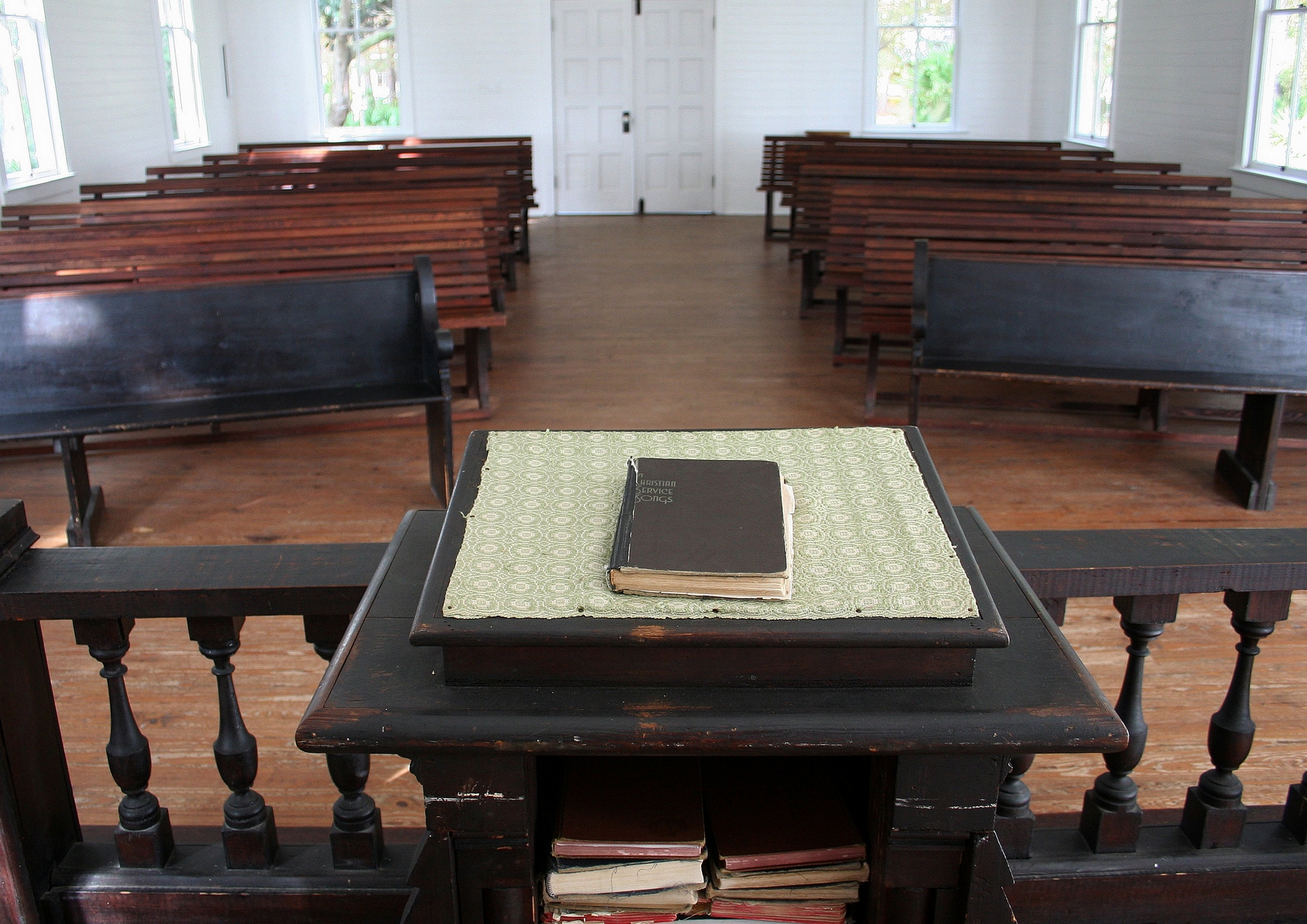The Thing With The Low Point

…is you don’t usually know where it is.
It was on this date in 1932 that the United States, in the midst of the Great Depression, hit one low point in that awful series of events. On July 8, 1932 the Dow Jones Industrial Average reached its lowest point of the entire Great Depression. It closed that day at 41.22
(By way of comparison, during the major plunge at the beginning of the Covid-19 outbreak of this year, the same index–the DJIA–never closed at a level lower than 18,000 and now sits at around 26,000.)
But I just have to wonder, when that amazingly low number was hit in 1932, if anyone knew that was actually as low as it would get. Certainly, the market stayed low for some time, as the Great Depression would forge on for a few more years with slow improvement. Never again, though, would the market close at that terribly small mark.
But, on July 9, just the very next day, did anyone know for certain that it wouldn’t get lower? What about on the 10th? Or what about a few weeks or months later, while the Depression was still harming the economy of America and of other nations?
That’s the thing with the low point. That’s the thing with what we often talk about as hitting “rock bottom.” We never can really be sure when that has occurred.
A few months ago, I was reading some material for a class I was going to teach, dealing with addictions. I tried to read religious materials and secular materials to gain a greater understanding of the subject from various sides. One of the authors I read made this argument several times in a book and it struck me as something I needed to keep in mind. Dealing specifically with drug addition, she stated that too many people wait for someone to hit “rock bottom” and then try to help. Her argument was that we can never fully know what “rock bottom” is for that individual, so we cannot wait for that specific moment.
After all, for this certain person, is “rock bottom”
- When they run out of money?
- When they start stealing to continue their habit?
- When their spouse leaves them?
- When they go to jail?
- When they lose their job?
- When they lose a second job?
- When they check into a hospital/rehab/recovery group?
- When they attempt to take their own life?
And on and on the questions could go. Do you see? For many of us, we could think that any of those would be “rock bottom,” but it may not be for that individual.
So, what is the solution? It is to help all along the way. It is not to wait for some moment where you think that person has reached the low point. It is to see some way in which you can step in and do so. It may work or it may not fully help, but you can be certain that you are making an effort instead of just sitting back and wondering where the low point will be.
In the end, it could save more than a life. It could be your chance to help someone’s soul be saved for all eternity, and all because you did not wait for the low point.


